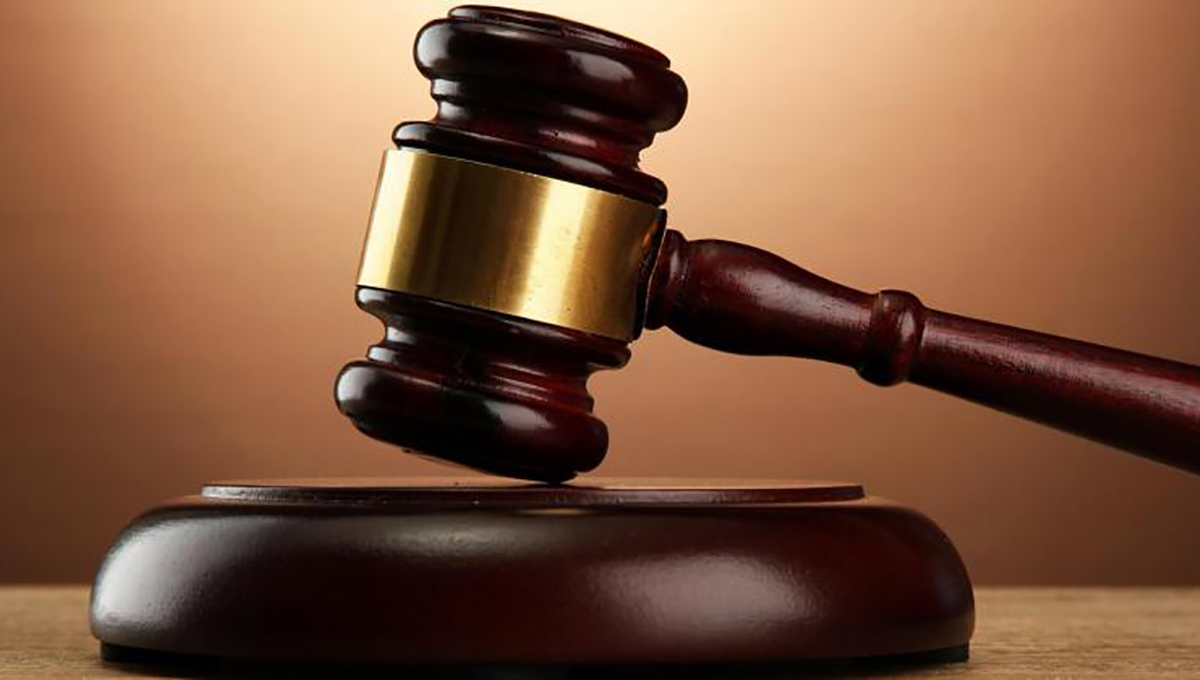I bet you didn’t know that the National Firearms Act included the implementation of a registry. Why, you might ask. It’s a tracing mechanism to ensure that ownership is clear. The registry includes the names of the current and previous owners of each numbered gun. This registry also tracks the movement of firearms across state lines to ensure compliance with state and local government.
The overall purpose of the Firearms Act was to exercise some governmental control over gun ownership in the country as laws differ from state to state. In some instances, government laws override that of the state. Since these laws can be unclear, it is best that individuals first register any movement with the weapon across state lines, and also become familiar with the laws in that state.


5 Comments
Shawn R. Daniel
Some clarification here is in order. The National Firearms Act (and its firearms registry) ONLY applies to NFA-regulated firearms: that’s machineguns, silencers, short-barreled shotguns, short-barreled rifles, destructive devices, and a class of firearms referred to “Any Other Weapons” (AOWs), which include such oddities as smooth-bore pistols, disguised guns, etc. In other words, the NFA DOES NOT APPLY to the rifle, shotgun, or handgun that you bought at your average neighborhood gun shop. The only people who have to “first register any movement across state lines” are people who have a registered NFA-regulated firearm (machinegun, silencer, etc.) and who do not have their own FFL license with SOT certificate (Special Occupational Taxpayer certificate; allowing a firearms dealer to deal in FA regulated firearms). Hope that clears up some possible confusion.
Ryan
This little snippet is a little bit confusing and could contribute to the common misconception that for guns in general there is a federal registry. A registry requirement exists for only a tiny subset of guns.
Outside of states like NY or CA, only “firearms” as defined under Title II of the NFA are subject to the referenced registry. These are, primarily, machine guns, silencers, short barreled rifles and shotguns, and “destructive devices”. Only a small percentage of US gun owners own NFA firearms, although its very important to know the laws to avoid running unintentionally afoul of them. Also – the overall purpose of the NFA was not really about standardizing laws. It was about exerting control over poor people, which of course disproportionately affects minorities whether it is 1934 or 2020. The $200 tax stamp required for NFA firearms was prohibitive for all but the wealthy (average per capita income was $474 in 1935).
Terry Dogan
Just wanted to comment on the “National Firearms Act” (NFA) article shown above. The article discusses the implementation of a registry for firearms, but members should be made aware of the fact the registry only applies to firearms that fall under the NFA of 1934 (Machine Guns, Short Barreled Rifle/Shotguns, Silencers, Etc.). Standard pistols, revolvers, and rifles are covered under the Gun Control Act of 1968, and there is no government registry of these firearms. For tracing purposes, the original firearm transfer document or 4473 is typically retained by a licensed dealer (Federal Firearms Licensee or FFL) who presents the document upon requests from law enforcement, in order to complete the requested trace. There is a misconception that all firearms are registered by the government, but that’s not correct. Hope this helps.
Joey Jenkins
What’s NAAGA’s opinion on the NFA and the gun registry mentioned in the article? Hope to hear an answer on this question. Thanks!
JOSEPH JENKINS
What is NAAGA’s position on the NFA and the registry referenced in the blog post?
Comments are closed.